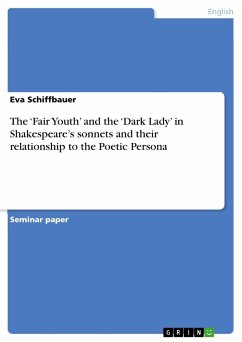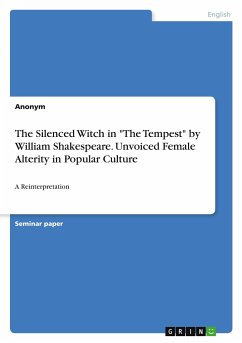Seminar paper from the year 2017 in the subject English Language and Literature Studies - Literature, grade: 2,3, University of Wuppertal, language: English, abstract: This paper examines the completely different image of a "mistress" Shakespeare created in Sonnet 130 with the help of a specific rhyme scheme and various types of stylistic devices. His choice of the poetic devices leads the reader to change their perceptions about a perfect and beautiful "mistress".In the earlier ages, many authors in the Elizabethan period followed the tradition of the famous poet Petrarch, who described a "mistress" as an idealized woman, a beauty a lot of women cannot acquire. The description of a "mistress" was in Petrarch's love poems similar. A human being with no blemish was presented to the reader. At the end of the Elizabethan Age, the poems about a "mistress" changed. William Shakespeare, a famous actor and writer, began to write various types of plays and sonnets.In contrast from other authors, Shakespeare switched the gender he wanted to praise. For a long time, the readers at this time were used to reading love poems about a "mistress". Nevertheless, Shakespeare chose to honour a man than a woman. About 26 sonnets, written by Shakespeare, were about a lady with many different characteristics than it was common at his time.








